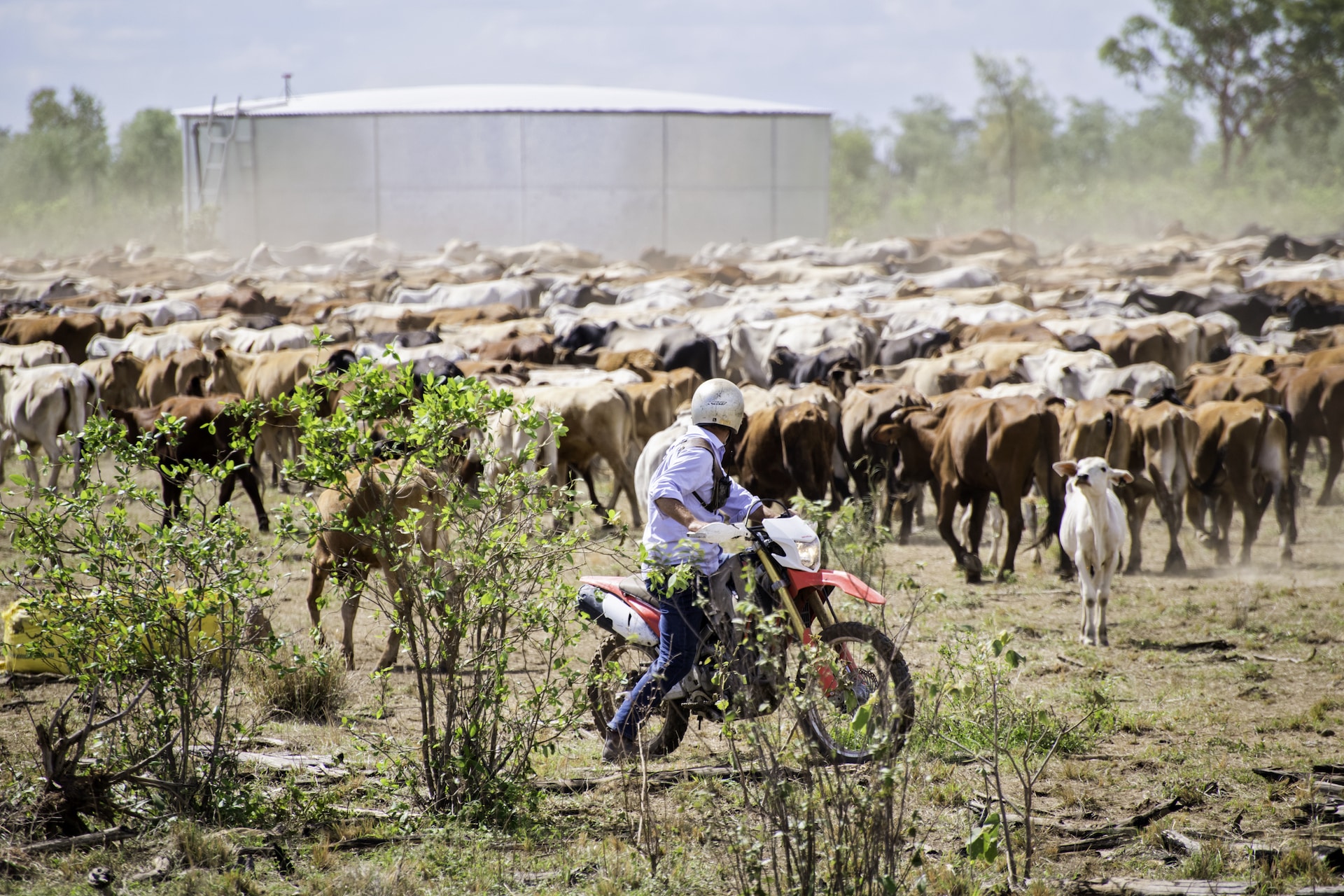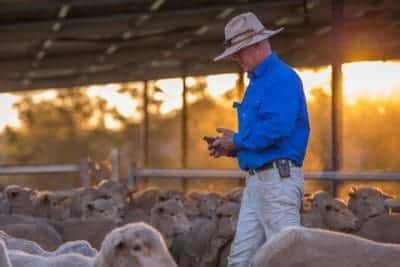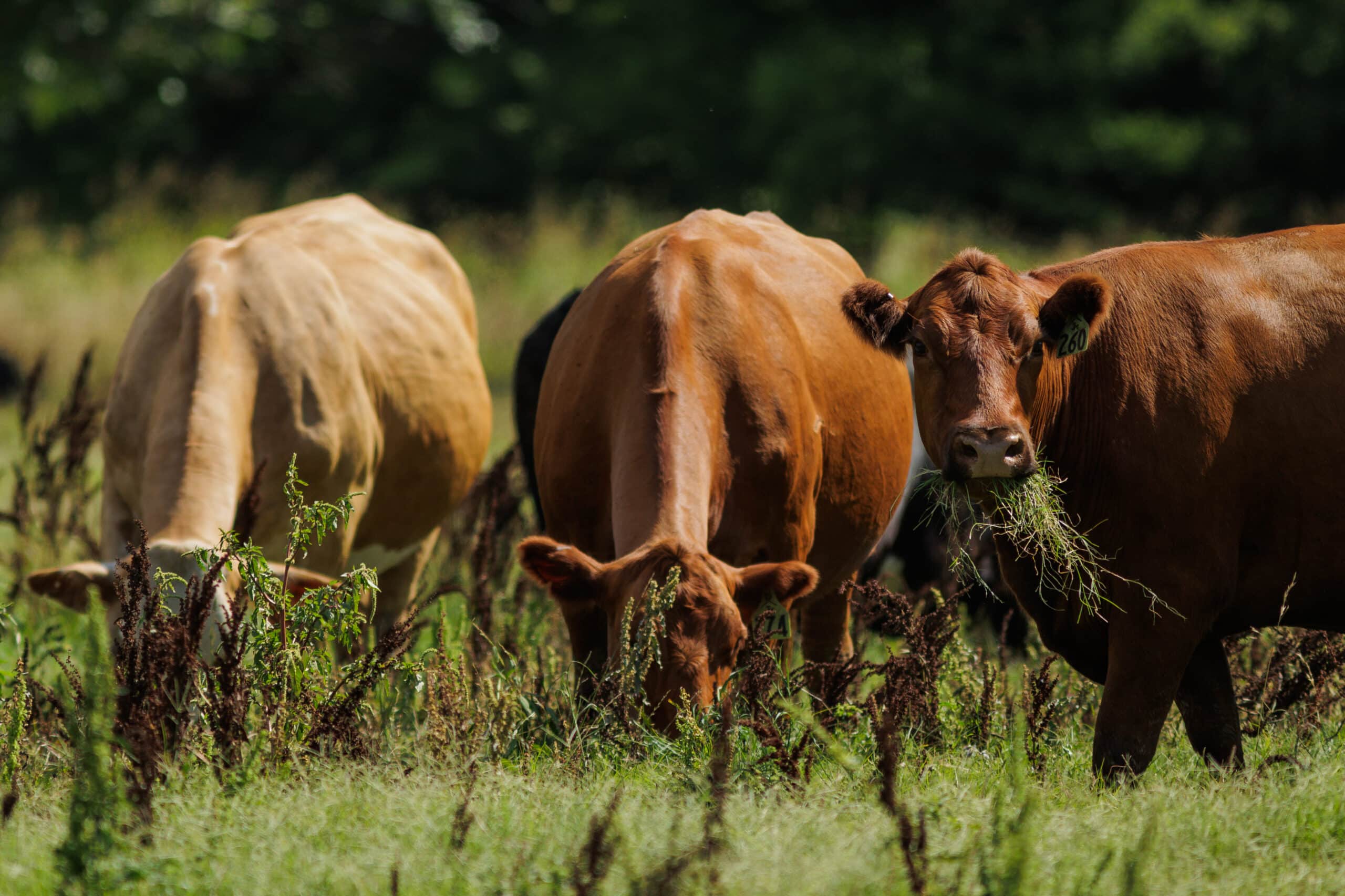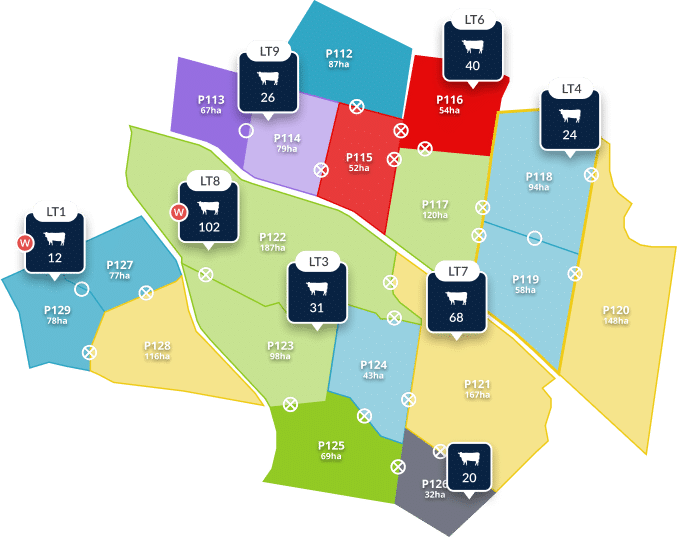What is forage budgeting, and why does it matter?
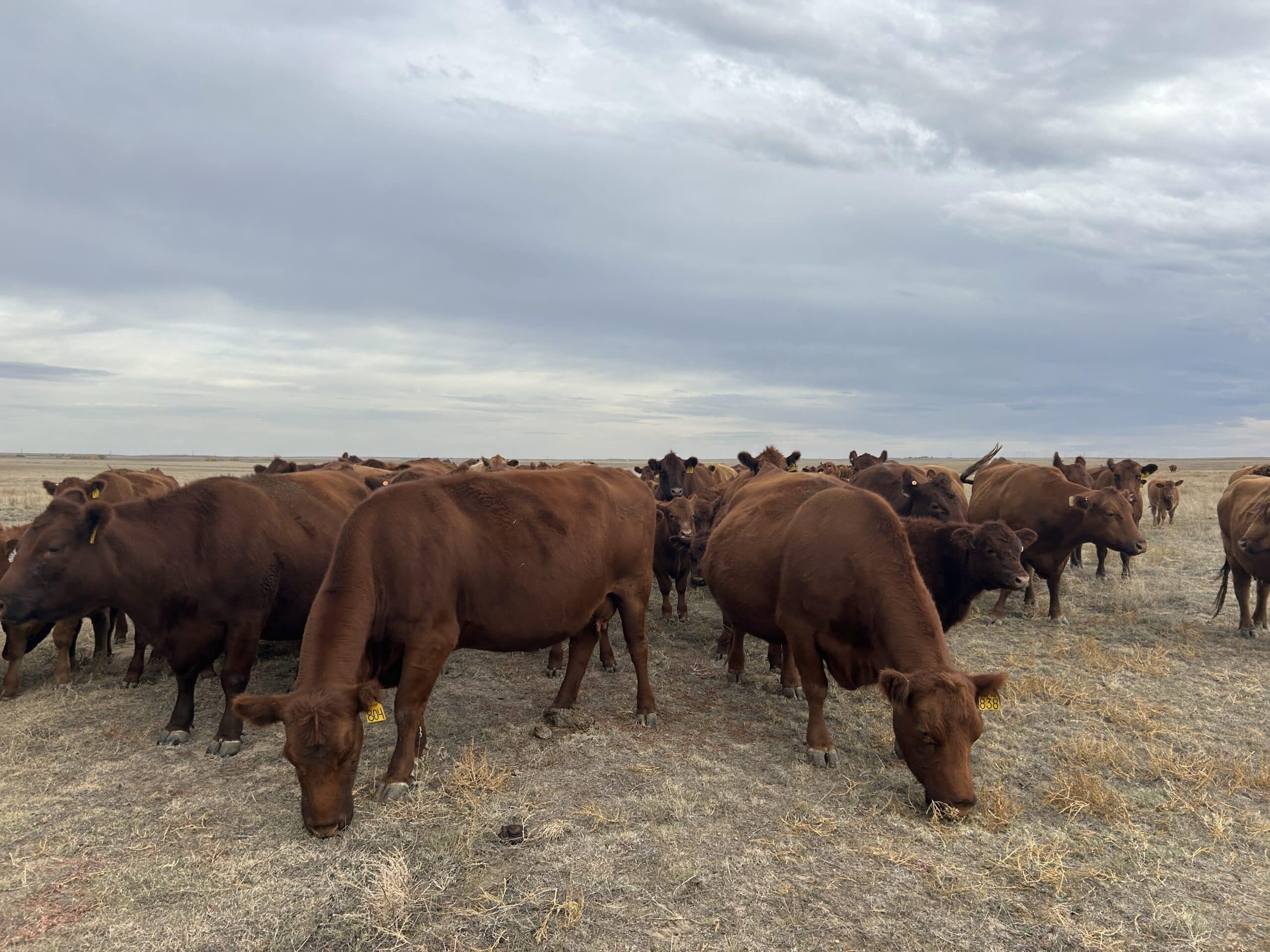
Success in livestock farming isn’t just about managing your mobs—it’s about smart grazing management. Forage budgeting can be a game-changer for making the most of your feed and pastures. It boosts profitability, improves livestock productivity, and keeps your pastures healthy. Let’s dive into why forage budgeting matters and how it can benefit your farm.
What is forage or feed budgeting?
Forage budgeting involves estimating your available feed resources—like native grasses, improved pastures, and legumes—and comparing them to the feed demands of your livestock over a set period. This process helps balance the supply and demand of forage, guiding decisions on stocking rates, grazing rotations, and supplementary feeding.
Think of it as an accounting tool for your pasture: it ensures that forage growth (inputs) aligns with grazing or harvesting (outputs). By preventing overuse or underutilisation, it becomes a cornerstone of any well-structured grazing management plan.
Why feed budgeting matters in grazing management
-
- 1. Optimises pasture utilisation: Effective feed budgeting prevents under- or over-grazing. Underutilised pastures can waste valuable feed, while over-grazed areas risk reduced future productivity. By striking the right balance, you maximise forage use and promote a sustainable grazing system tailored to your region’s conditions.
-
- 2. Prevents forage deficits: Poor planning can lead to feed shortages, forcing reliance on expensive supplementary feeds or premature livestock sales. With forage budgeting, you anticipate these shortfalls and adjust stocking rates or supplement feeding proactively.
-
- 3. Facilitates stocking rate adjustments: Matching livestock numbers to available pasture is vital for efficient grazing. Forage budgeting provides real-time insights to set appropriate stocking rates, allowing dynamic adjustments to prevent overstocking (which harms pastures) or understocking (which wastes resources).
-
- 4. Enhances grazing rotation planning: In rotational grazing systems, forage budgeting informs livestock movement schedules between paddocks. This ensures pastures are grazed and rested at optimal intervals, promoting regrowth and long-term productivity.
Implementing forage budgeting on your operation
-
- Assess forage availability: Measure available forage per hectare using tools like pasture rulers or plate meters. Track forage growth throughout the year for accurate planning.
-
- Determine livestock feed requirements: Calculate daily feed needs based on livestock size, age, and production stage. Match this demand with your forage supply.
-
- Monitor and adjust: Forage budgeting is an ongoing process. Regularly monitor pasture conditions and adjust stocking rates, grazing rotations, or supplementary feeding as needed.
-
- Plan for weather variability: Build contingency plans for droughts, floods, or extreme events to safeguard your strategy.
Feed budgeting is a crucial component of effective grazing management. By aligning forage supply with livestock demand, it enhances profitability, productivity, and sustainability. Regular monitoring and adjustments ensure both your pastures and herd remain in optimal condition, supporting long-term success. For Australian livestock producers, forage budgeting provides a clear path to more efficient and resilient operations.
Download Profitable pastures: a guide to effective grazing management today to learn more about how effective forage budgeting contributes to your grazing plan.
If you’d like to learn more about how AgriWebb can support your forage budgeting and grazing management planning, click here.
